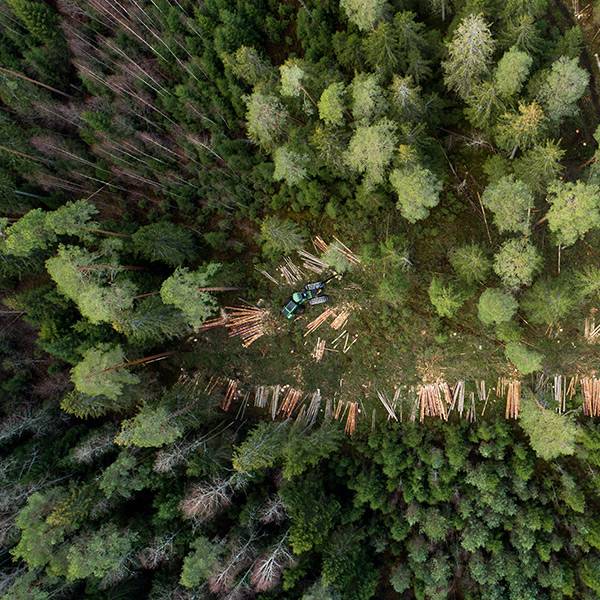
Second “Forest Talks” Webinar
The second “Forest Talks” Webinar on co-designing policy pathways for European forests, supporting the climate, biodiversity and bioeconomy will take place on 17 March, 2025, 11:00 – 12:30h CET (online).

The second “Forest Talks” Webinar on co-designing policy pathways for European forests, supporting the climate, biodiversity and bioeconomy will take place on 17 March, 2025, 11:00 – 12:30h CET (online).

Check out our latest ForestNavigator newsletter. Don’t miss the latest news and subscribe via our website.
This report evaluates species distribution models under archetypal climate change and forest management scenarios to assess their impacts on terrestrial forest biodiversity. To achieve this, covariates describing environmental, climatic, and forest structural conditions under various climate change and forest management scenarios were analyzed using two complementary approaches. First, a modeling framework employing integrated species distribution models was applied, including a cross-scale comparison of results at both the pan-European scale and the national scale in Sweden. Second, a biodiversity trend assessment was conducted based on a non-systematic literature review and species-specific range maps.

This workshop report summarizes the key findings and insights from the second stakeholder workshop of the ForestNavigator project. The second workshop reunited some participants from the first workshop, while also including some new participants and organizations to feed into co-development processes. The workshop focused on 1) co-developing forest policy scenarios for best policy relevance, 2) identifying trade-offs between goals and EU policy in terms of policy coherence, and 3) begin the feedback process on the design and functionalities of the ForestNavigator portal…
This report outlines the rationale and objectives of the FPMF, reviews EU and MS participation during the project’s initial phase, provides insights from the first FPMF meeting in September 2024, and presents next steps to strengthen collaboration for informed forest policy-making across the EU.